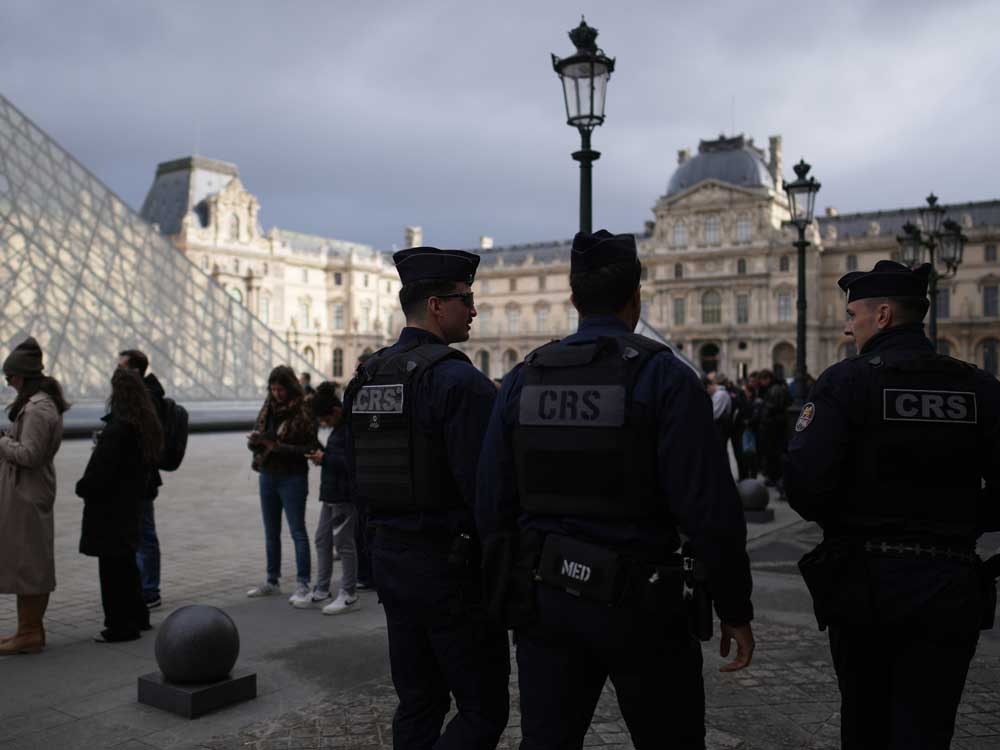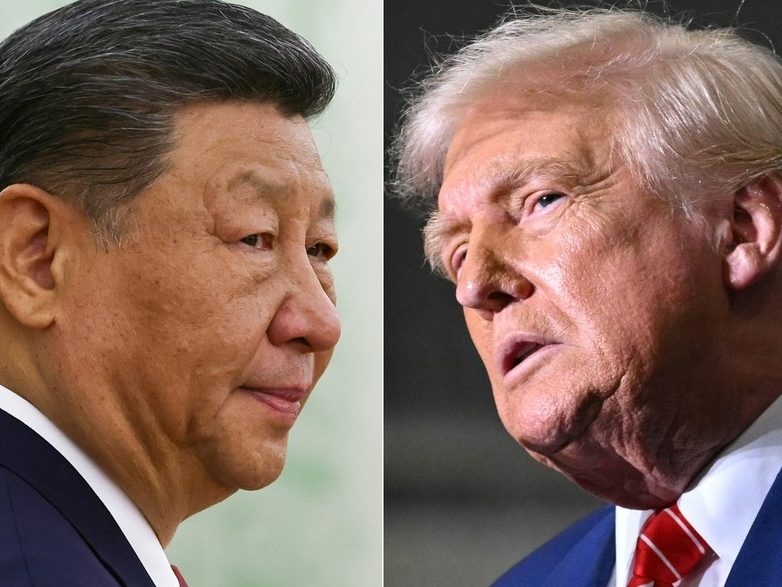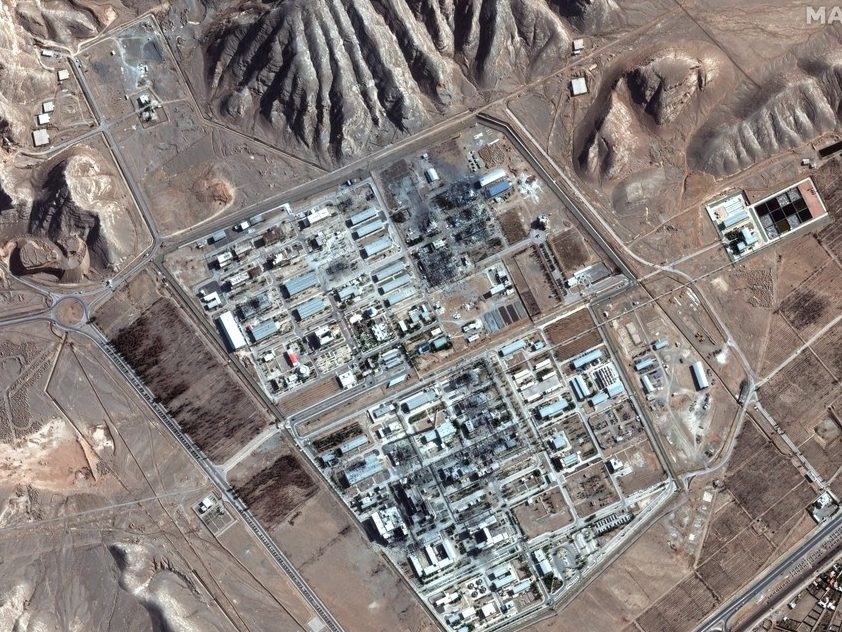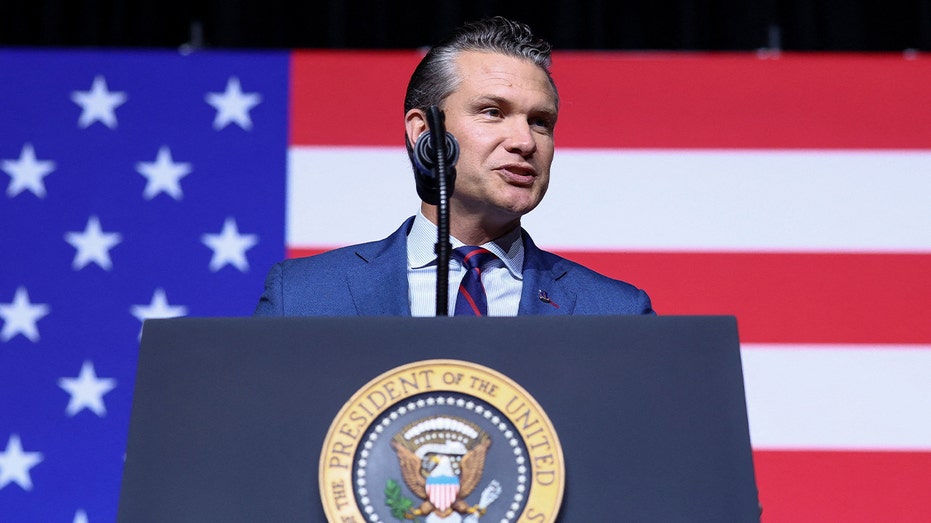The audacious theft at the Louvre – a brazen snatch of crown jewels valued at over $102 million – has ignited a national crisis in France, exposing deep fissures in the security of its most treasured landmark. Less than eight minutes is all it took for thieves to vanish with history, leaving authorities scrambling to understand how such a daring heist could occur in the world’s most visited museum.

Two suspects are now in custody, and have reportedly offered partial confessions, admitting to involvement in the meticulously planned operation. They face charges of theft by an organized gang and criminal conspiracy, but the recovery of the stolen jewels remains uncertain. The clock is ticking as their 96-hour detention period nears its end, forcing prosecutors to either charge, release, or seek an extension.
The unfolding investigation has revealed a startling truth: the Louvre’s defenses are woefully outdated. Paris Police Chief Patrice Faure testified before lawmakers, detailing aging systems and years of delayed upgrades. A crucial, long-promised overhaul – a $93 million project involving 37 miles of new cabling – won’t be completed for another decade.
Adding to the negligence, the museum’s authorization to operate its security cameras quietly expired in July, a bureaucratic oversight that allowed critical vulnerabilities to persist. The initial alarm wasn’t even triggered by the Louvre’s own systems, but by a vigilant cyclist who spotted the thieves and their equipment.
The thieves exploited these weaknesses with chilling efficiency. Reaching the jewel gallery during the morning rush, they cut through reinforced cases with power tools and disappeared within minutes, while tourists milled nearby. A former bank robber, analyzing the operation, described it as “textbook,” highlighting the glaringly obvious flaws in the gallery’s layout.
The financial impact is absolute. Unlike many institutions, the Louvre isn’t privately insured; the French state self-insures its national museums due to the astronomical cost of covering priceless heritage. This means no financial payout will offset the cultural wound of the loss.
Pressure is mounting on Culture Minister Rachida Dati, who has defended the Louvre’s director and insisted alarms functioned, while simultaneously acknowledging “security gaps.” Details remain scarce, shielded by the ongoing investigation. The incident arrives at a particularly strained moment for the museum, still reeling from a staff strike in June over chronic understaffing and untenable working conditions.
Experts now fear the worst: that the stolen jewels are already being dismantled, the stones recut to erase their provenance. This grim possibility underscores the urgency of France’s reckoning with its security protocols. The debate now centers on authorizing advanced tools like AI-based anomaly detection and real-time object tracking – technologies currently restricted by law.
The Louvre’s vulnerability isn’t simply a matter of adding guards to doors, but of accelerating the entire alert chain. The challenge is immense: rebuilding core systems while keeping the palace open to the public, and updating legislation to allow police to intervene before stolen treasures vanish into the labyrinthine streets of Paris and are lost to history.





